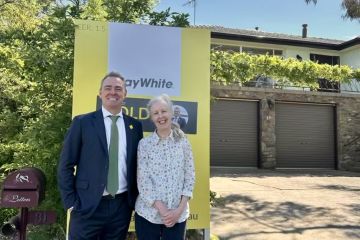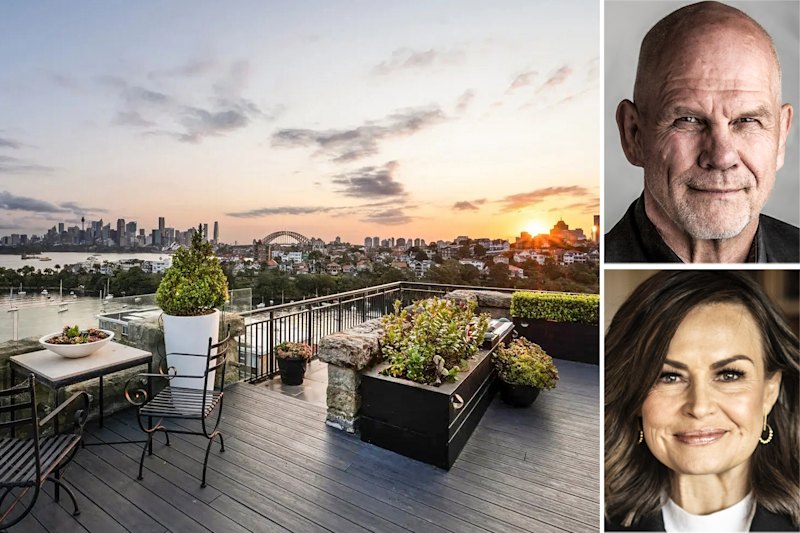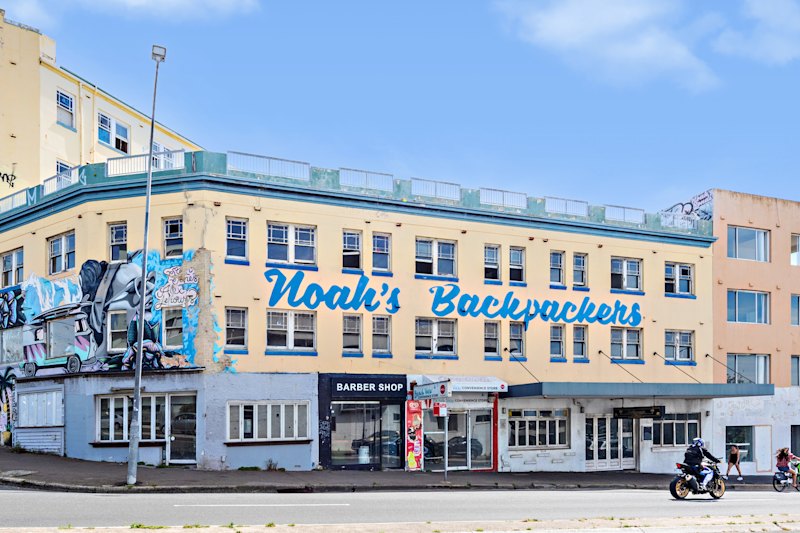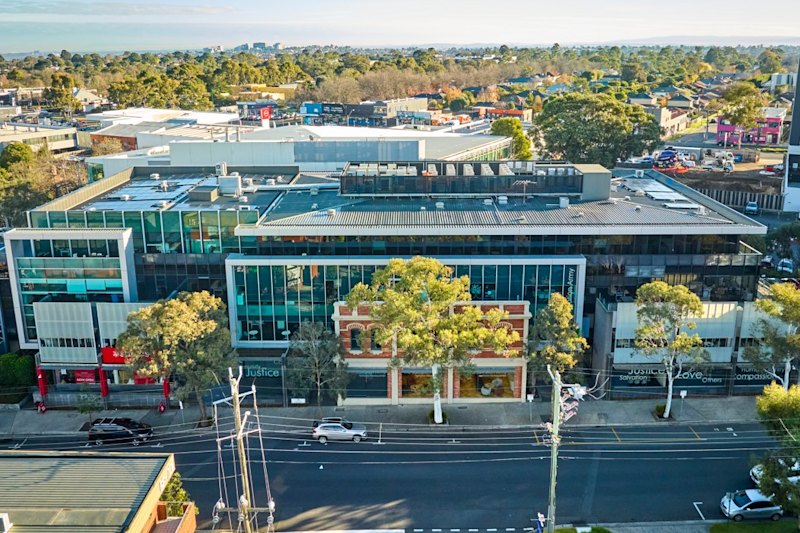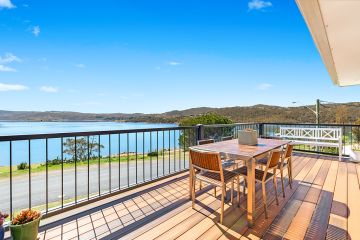Barwon Heads: A Bellarine hamlet with few chances left to develop or renovate
It’s hard to believe it’s almost two decades since the fictional town of Pearl Bay kicked off the whole simpler lifestyle sea change phenomena.
Barwon Heads on Victoria’s Bellarine Peninsula, the estuary village that played the role backdrop for the 1998-2000 television series SeaChange, about a big city lawyer chasing the smell of salty air to a low-key coastal settlement, has moved about $1 million-plus beyond those days of casual ozone-bathed rustication.
The township on the left bank of the Barwon River can now claim, according to RT Edgar Barwon Heads director Michael Ramsay, “to be arguably one of the Victorian seaside towns with the highest median price. Depending on who you talk to, that can be as much as $950,000”.
Ramsay currently has a four bedroom, four bathroom spread with a kidney-shaped pool on the Geelong Road on the market the helps pull that median way up.
It comes with five acres and a price tag of $3.6 million to $3.9 million. He has another house on 2.6 acres at 36 Warrenbeen Court — “the largest remaining landholding close to the township” — looking for a return of about $2.5 to $3 million.
But that’s nothing. “On Carr Street and on some streets close to Barwon Heads Golf Course, you can ask what you like”.
Actually, that means for the statement big houses, you can ask between $3 and $6 million.
- Related: Seaside town with a confidence boost
- Related: Kangaroo Valley – an inland Byron?
- Related: What a sea change is really like
And this in a hamlet that, before the 1912 bridge linked it to more populous Ocean Grove, was a series of fishing shacks plonked on the river sands. Just like that place televisually attractive Diver Dan occupied when he was courting Laura, the magistrate.
Dan’s much-extended shed is now a restaurant. But then, in the 1920s when the place became a holiday spot for western district farmers and Geelong folk, most of the early houses in “Old Barwon Heads” — the little streets within walking distance of river, beach and the shopping street of Hitchcock Avenue — commenced as relocated fishing shacks that just kept expanding through inter-generational occupation.
Local architect Kim Irons of Irons McDuff lives in what she calls “a wee little shack” with the township’s characteristic “simple gable”. She chose to mimic that model when, three years ago, she designed a contemporary three bedroom, three bathroom, Sugar gum timbered house with an outdoor shower on Eddystone Court.
“It’s a new build, but it’s humble,” she says. “The simple gable form allowed us to create internal volume and we also maximised external space so there is still enough room for kids to kick a footy around”.
This “contemporary boat shack” is on the market for $1.05 million to $1.1 million through Bellarine Property.
A few architects live in Barwon Heads but plenty of others, such as Auhaus, SJB, David Seeley, Inarc and even in the mid-century, Robin Boyd, have left their mark in the form of individual modern houses in a landlocked township of 2200 or so homes that will not grow much beyond its present scale.
This is not only because any subdivision proposal meet howls of derision in a strong community, but because Barwon Heads is physically hemmed in by Bass Strait, the Barwon River and the Connewarre Wetland system.
Irons says the reason for “skyrocketing prices is because it’s landlocked”.
Unlike neighbouring Torquay, slated as a Surf Coast growth town, “there are very few opportunities left to develop or even renovate here,” says Peta Walter of Bellarine Property.
But she does have one that’s certainly generating interest even though it’s a daggy ’40s weatherboard. “It’s one street back from the river and you can walk everywhere”.
Three bedroom 6 Golightly Street, has obviously, as the spiel puts it, been “well loved for generations”. On 489 square metres it’s on the market looking for $1 million to $1.1 million.
If it was across the water at Ocean Grove (population 14,200) it would be worth hundreds of thousands of dollars less. Ocean Grove’s median is $590,000.
Walter says rarity is what keeps Barwon Heads’ market so buoyant. Ramsay says that although the sea change has been happening for years, it’s “particularly through this year that we’re seeing more people moving down from Melbourne to live here mortgage free”.
“And the lack of land and potential to expand means it shows no signs of flagging,” he says.
Ramsay has very direct and visceral knowledge of the sea change effect that plays out in the town that nominally spawned the movement. In 1965, his parents paid $50,000 for the first house to be built in a paddock near the town. “It’s now surrounded by 100 houses and has recently been sold for $1 million”.
“Or $975.000 actually … for a house that’s going to be pulled down.”
We recommend
We thought you might like
States
Capital Cities
Capital Cities - Rentals
Popular Areas
Allhomes
More
